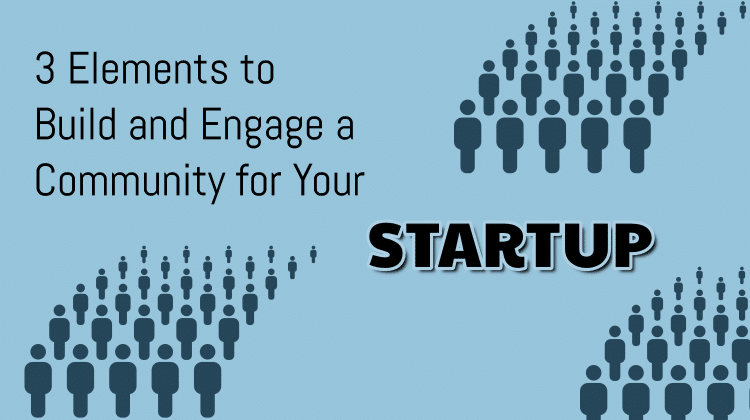
Startups and small businesses do not have large budgets to build strong brands that attract customers to their businesses, so these startups have to reach out to potential prospects themselves. Building a strong community is a great way to circumvent this problem—an engaging and well-connected community can help spread the word about the business and work as a customer-retention tool.
Moreover, parties and get-togethers can be a lot of fun for potential customers and employees, so developing a large network will not become another tedious and cumbersome task that no one wants to do. The following three elements can help build, engage, and grow a community at a relatively low cost:
1. Events
In our digital world with easy access to information and the opportunity to reach out online to almost anyone, the importance and popularity of events where you can actually see, talk, and even touch real people has not been substituted. Social media doesn’t replace real-life interaction and connections, so find an area of interest to your potential customers where you can add value by providing information or connecting people and start bringing people together.
You can mix and match different kinds of events to cover all angles and entertain your fledgling community:
- Workshops and roundtables to educate and discuss important issues
- Networking events or cocktail receptions to connect like-minded people
- Presentations and lectures to introduce new, useful information
Use Eventbrite to post your event. Invite existing clients and friends and leave some space for new members who can find your event online. After the event, do not forget to collect email addresses and feedback, so you can improve you future activities and invite attendees to your next event.
2. Newsletter
Make sure to identify your clients’ interests as well as the interests of people who attended your previous events. Then start sending a newsletter with relevant articles and upcoming events. Be considerate—do not send several emails a week with irrelevant topics. One newsletter a month with short, easily comprehensible advice and announcements will suffice.
Encourage you employees to share their knowledge and experiences by writing articles, creating YouTube how-to videos, podcasts, or PowerPoint presentations that will provide content for the newsletter and can be repurposed for events and social media.
3. Social Media
Use your company’s social media channels or create a separate account for your community. Ask your employees to share tips and tricks from your workshops in real time, upload presentations on SlideShare, or share articles from your newsletter. Encourage people to ask questions and connect with each other through your social media. Launch a Twitter Chat where your community can discuss recent developments of interest in real time. To bring in more users, get one or two influencers on board at least in the early stages.
And remember the key is consistency and collaboration. Organize events once a month, so people don’t forget you. Soon they will turn to you as a source of knowledge in a certain area. Collaborate with other communities to create events together, invite guest speakers to your workshops and guest columnists for you newsletter.
Offer community members diverse choices and a constant flow of new information. Participation in community events doesn’t mean you can put pressure on people to buy your product or service. Instead, it encourages an exchange of knowledge and ideas, so your business will be perceived as a knowledge hub. It’s an easy and pleasant way to build awareness for your business.
About the Author
Anna Slyusareva (@AnnaSlyu) is a marketing professional with a vast experience in developing and executing brand strategy for both Fortune 500 and early-stage startup companies in the U.S., Europe, and CIS.